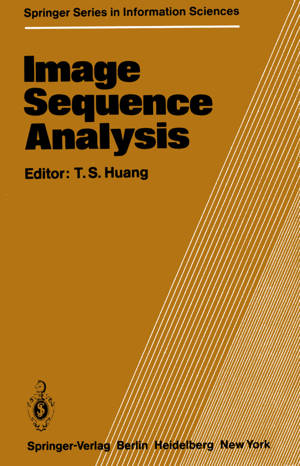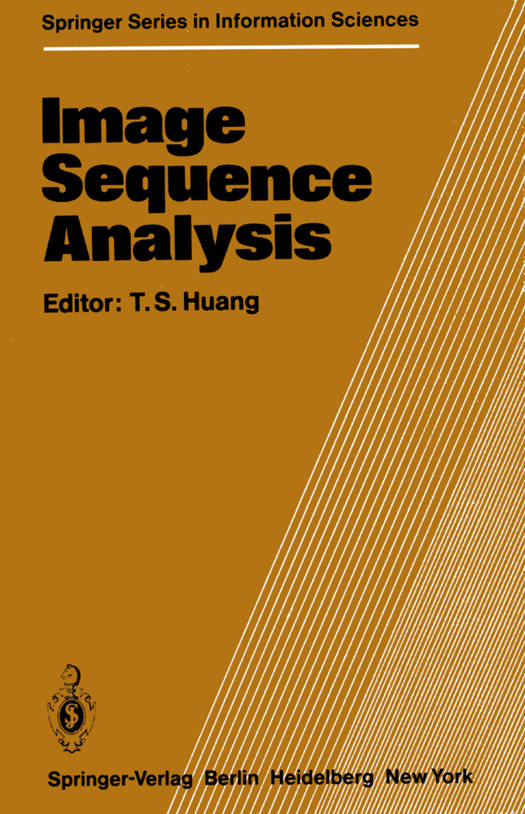
- Afhalen na 1 uur in een winkel met voorraad
- Gratis thuislevering in België vanaf € 30
- Ruim aanbod met 7 miljoen producten
- Afhalen na 1 uur in een winkel met voorraad
- Gratis thuislevering in België vanaf € 30
- Ruim aanbod met 7 miljoen producten
Zoeken
Omschrijving
The processing of image sequences has a broad spectrum of important applica- tions including target tracking, robot navigation, bandwidth compression of TV conferencing video signals, studying the motion of biological cells using microcinematography, cloud tracking, and highway traffic monitoring. Image sequence processing involves a large amount of data. However, because of the progress in computer, LSI, and VLSI technologies, we have now reached a stage when many useful processing tasks can be done in a reasonable amount of time. As a result, research and development activities in image sequence analysis have recently been growing at a rapid pace. An IEEE Computer Society Workshop on Computer Analysis of Time-Varying Imagery was held in Philadelphia, April 5-6, 1979. A related special issue of the IEEE Transactions on Pattern Anal- ysis and Machine Intelligence was published in November 1980. The IEEE Com- puter magazine has also published a special issue on the subject in 1981. The purpose of this book is to survey the field of image sequence analysis and to discuss in depth a number of important selected topics. The seven chap- ters fall into two categories. Chapters 2, 3, and 7 are comprehensive surveys on, respectively, the whole field of image sequence analysis, efficient coding of image sequences, and the processing of medical image sequences. In Chapters 1, 4, 5, and 6 the authors present mainly results of their own research on, respectively, motion estimation, noise reduction in image sequences, moving object extraction, and occlusion.
Specificaties
Betrokkenen
- Uitgeverij:
Inhoud
- Aantal bladzijden:
- 440
- Taal:
- Engels
- Reeks:
- Reeksnummer:
- nr. 5
Eigenschappen
- Productcode (EAN):
- 9783642870392
- Verschijningsdatum:
- 17/06/2012
- Uitvoering:
- Paperback
- Formaat:
- Trade paperback (VS)
- Afmetingen:
- 152 mm x 229 mm
- Gewicht:
- 607 g

Alleen bij Standaard Boekhandel
+ 254 punten op je klantenkaart van Standaard Boekhandel
Beoordelingen
We publiceren alleen reviews die voldoen aan de voorwaarden voor reviews. Bekijk onze voorwaarden voor reviews.







